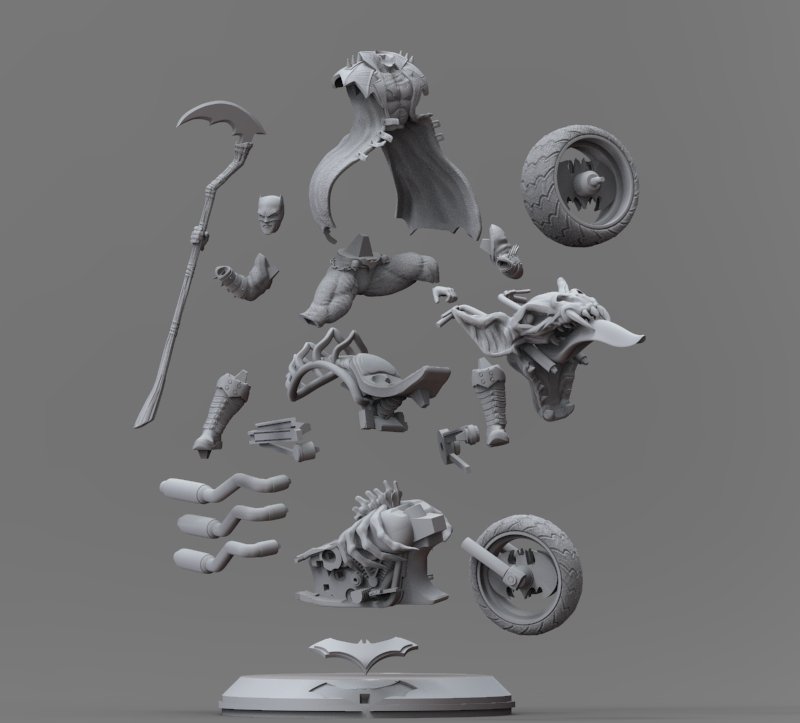


Gravel can be placed on a non-solid block without falling.īamboo can be placed and grown on gravel. Gravel falls slowly through a cobweb until it passes completely through, or until it touches any block, at which point it drops and becomes a gravel item. If falling gravel lands in a space occupied by a non-solid block (such as torches, slabs, rails, or redstone dust) or soul sand, it breaks and turns into a gravel item. When gravel falls on a player or mob, it can engulf the head, resulting in suffocation inside gravel until destroying the block, moving out of it, or dying. More information about the falling block entity are available in the main article listed above. More specifically, the gravel block turns into a " falling block" entity, which is affected by gravity when the falling block lands on a block with a solid top surface, it becomes a block again. If the supporting block below a block of gravel is removed, it falls until it lands on the next available block. Fortune increases the chance to 14% at the level I, 25% at level II, and nearly 100% at level III. Silk Touch removes the chance of dropping flint. The flint received can be controlled with enchantments. When broken, it has a 10% chance of dropping flint instead of the gravel itself. Gravel can be broken using any tool, but a shovel is the quickest.

It often generates without blocks below it, in which case it falls when updated.īlobs of gravel attempt to replace netherrack 2 times per chunk in blobs of size 0-160, from levels 5 to 41, in all Nether biomes except basalt deltas. In the Nether, gravel generates naturally in multiple-block-deep layers, along the shores of the lava ocean. Gravel can also generate as part of cold ocean ruins. It can replace stone, granite, andesite, diorite, tuff, and deepslate. Gravel attempts to generate 8 times per chunk in blobs of size 0-160, at all levels and in all biomes. Gravel can generate in the Overworld in the form of blobs. Gravel is generated in disks on beaches, near rivers and small pools of water in windswept gravelly hills biomes covering most of the surface underwater covering the bottom of normal, cold, and frozen ocean biomes, as well as their deep variants and in form of stripes in stony shores.


 0 kommentar(er)
0 kommentar(er)
